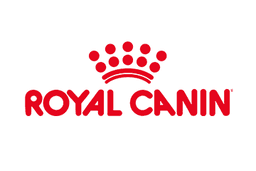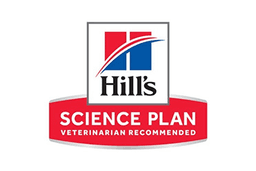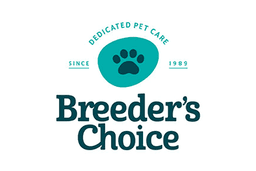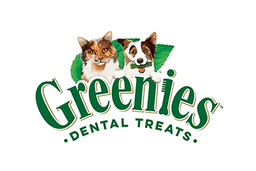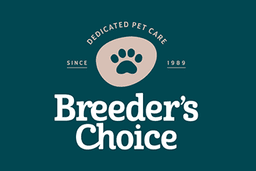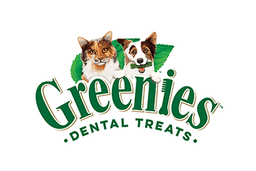Skin Cancer in Dogs: Types, Signs, Treatments and Prevention

Skin cancers in dogs are often caused by sun exposure, especially in Australia where UV levels are high. However, there can be other causes as well.
Types of skin cancer in dogs
Skin cancer tumours in dogs generally shows up as lumps of various kinds on their bodies. More often than not skin lumps and bumps on dogs are benign, but in some cases they can be malignant or cancerous. For that reason it’s important to get them thoroughly examined by a vet.
There are three common types of dog skin cancers.
Squamous cell carcinomas:
These tumours are aggressive and often destroy tissue surrounding them. They can also spread to the lymph nodes.
- Appearance – firm, raised and wart-like.
- Where they occur – on areas with less hair such as the belly, genital area, and occasionally on the feet. Other vulnerable areas include the ear tips and nose.
- Causes – sun exposure is a common cause. Short-haired breeds, especially those with thin hair covering are more susceptible, and white-haired dogs may also have a higher risk. The papilloma virus may play a role in this disease as well.
Melanomas:
These are so-called because they affect pigment cells called melanocytes. They often grow very quickly and can spread to organs such as the liver or lungs.
Most melanomas on dogs are benign though, especially those that appear in fur-covered areas. But either way, it’s important to get them checked out.
- Appearance – often show up as red, brown or black lumps.
- Where they occur – mouth, lips, footpads, nail-beds, and occasionally on other areas.
- Causes – not fully understood but skin trauma and genetics could be contributing factors.
Mast cell tumours:
These are slow-growing tumours that occur in the mast cells of the immune system.
- Appearance – rubber-like lumps, which can sometimes become ulcerated and inflamed.
- Where they occur – mostly on the legs and trunk.
- Causes – unknown, but contributing factors may include genetics, allergies, skin irritants and hormone imbalances.
Signs and symptoms of skin cancer in dogs
Warning signs:
- Lumps and bumps on the skin, but especially those in areas where there is little fur covering, such as the lips, nose, toenail beds, footpads, belly and groin area.
- Sores that don’t heal, or that are itching, weepy or prone to bleeding.
- Infected sores on the feet that cause the dog to limp when walking.
If you notice these symptoms in your dog, get them to the vet as soon as possible for a diagnosis, as it’s not possible to tell for sure whether a lump is malignant or benign by appearance alone.
Diagnosing dog skin tumours
While many skin lumps and bumps are likely to be benign, regular vet check-ups are important for picking up any potential malignant skin tumours in your dog.
Detection methods include fine needle aspiration (FNA) where a small needle is inserted into the lump to pick up cells for examination, impression smears if it’s a weeping lump, and biopsy if FNA doesn’t give a clear result.
Dog skin cancer treatments
If skin cancer is detected, treatment options include the following:
- Surgery – lumpectomy to remove the tumour, as this helps prevent the risk of the cancer spreading. Sometimes a partial removal may be performed, such as when the entire lump can’t be removed.
- Radiation therapy – used to shrink cancer cells when a malignant lump can’t be removed, or as a follow-up treatment for lumpectomy.
- Chemotherapy drugs – may be used in addition to surgery to kill any remaining cancer cells.
There are no guarantees of success however, and tumours can often return. For this reason, and because treatments can be unpleasant and expensive, prevention is better than cure where possible.
Dog skin cancer prevention
Not all skin cancers can be prevented, but there are some things you can do to reduce the risk.
For example, the RSPCA recommends keeping your dog inside during the hottest parts of the day, especially during summer and if they have sparse hair covering.
Also, if you walk your dog in the summer, do so in the early morning or later in the evening where possible, and preferably walk them in the shade. Doing this also prevents your dog from overheating, and from getting burnt paws from hot surfaces.
Lastly, take care of your dog’s general health, through good diet, exercise, regular vet care and vaccinations. These actions can all help reduce the risk not only of canine cancers, but of other health problems in your dog as well.



